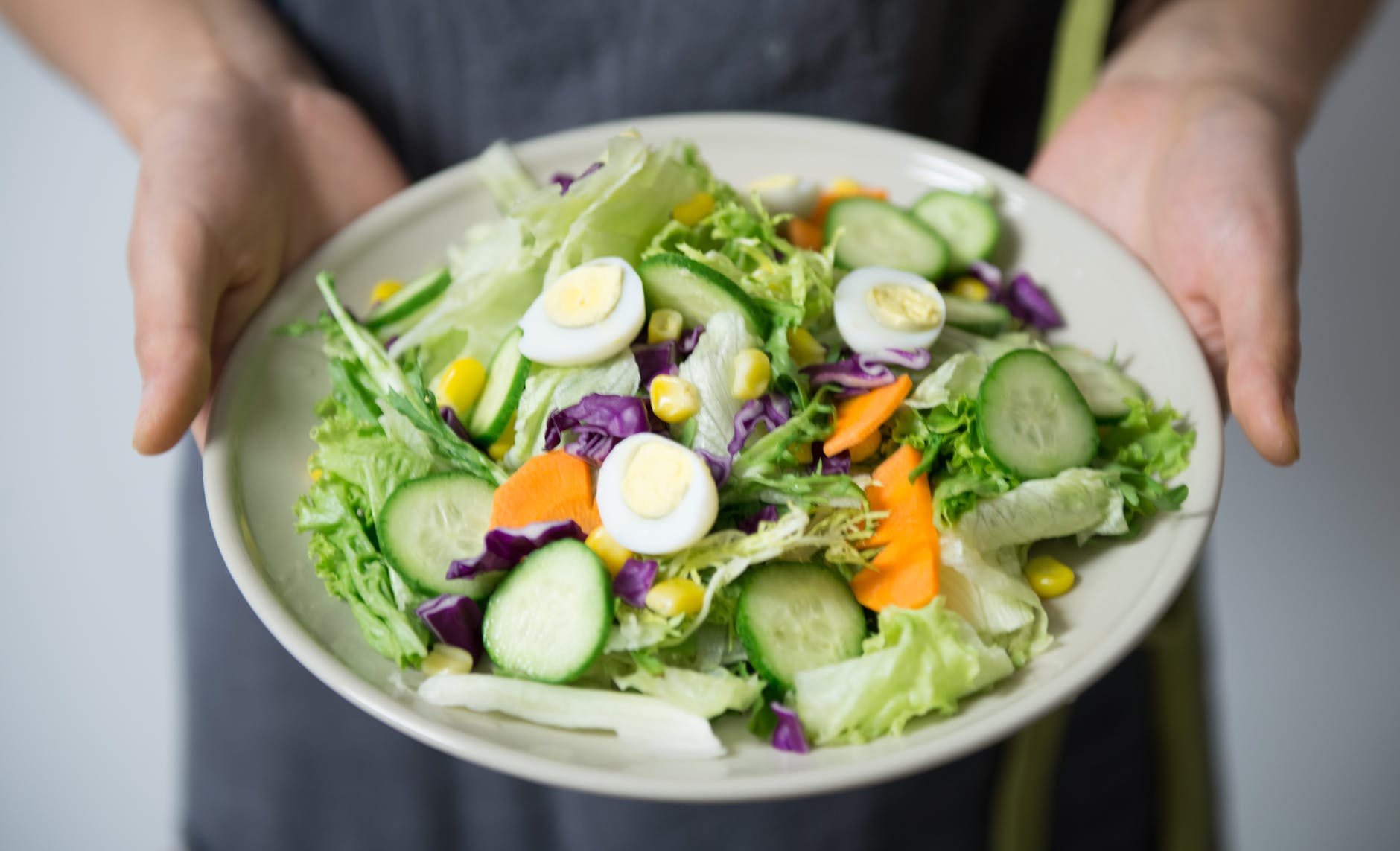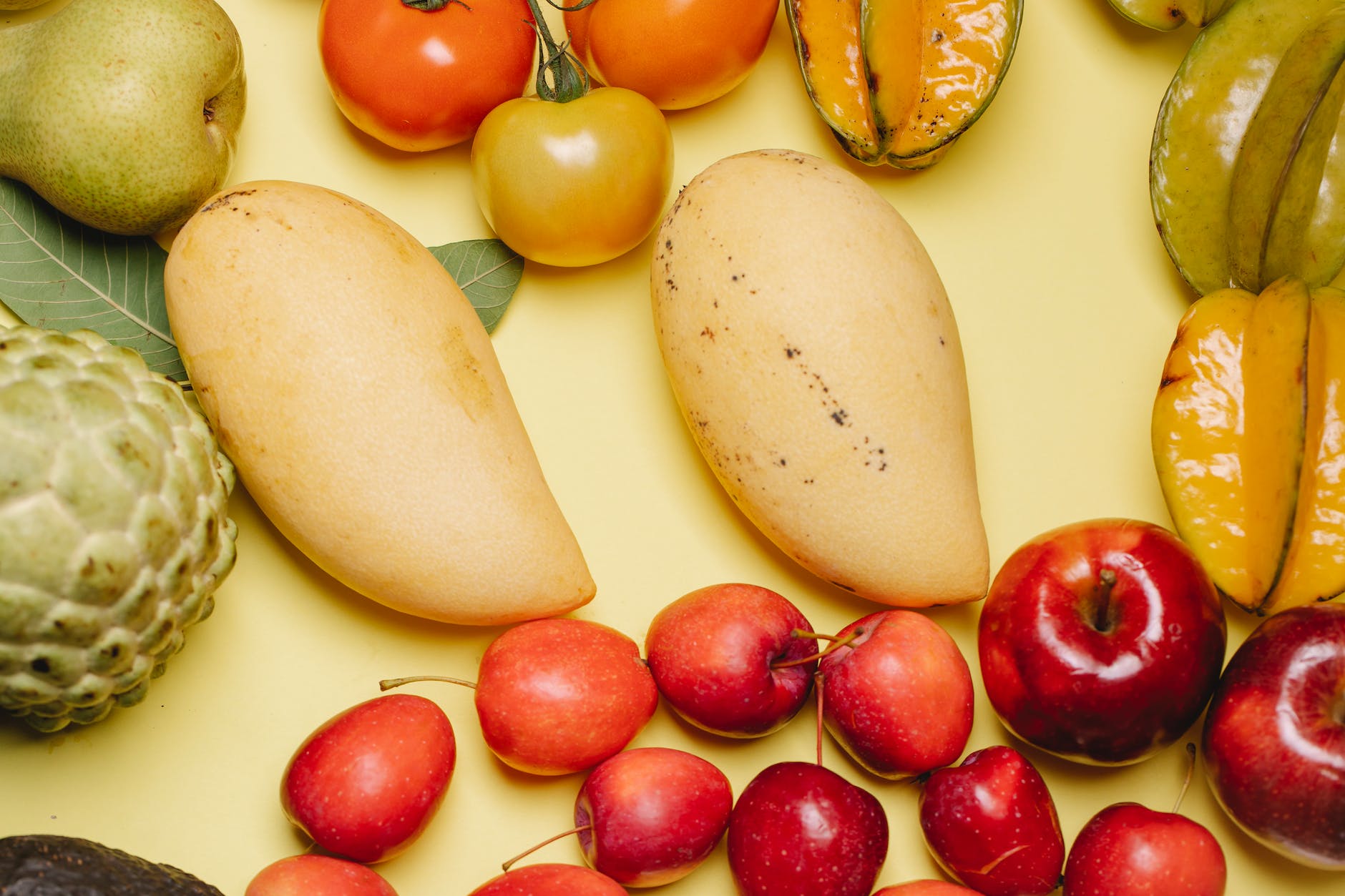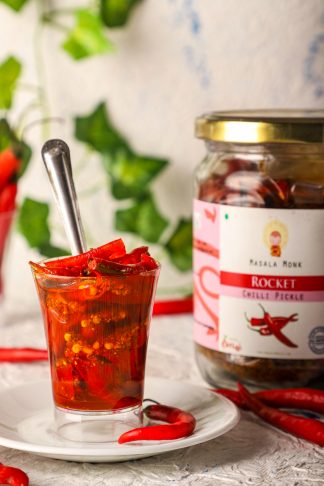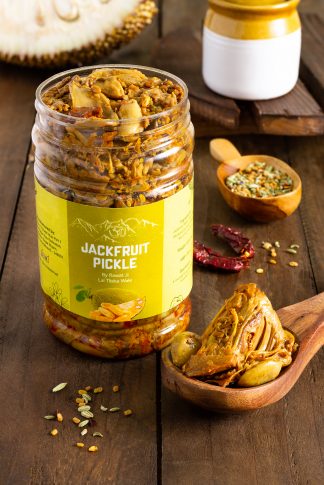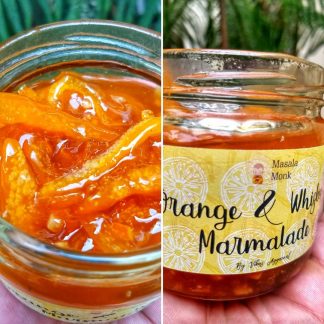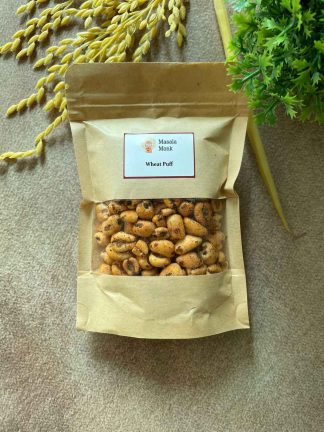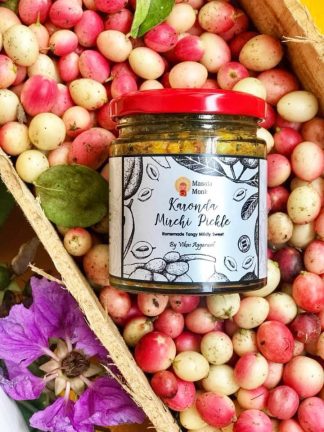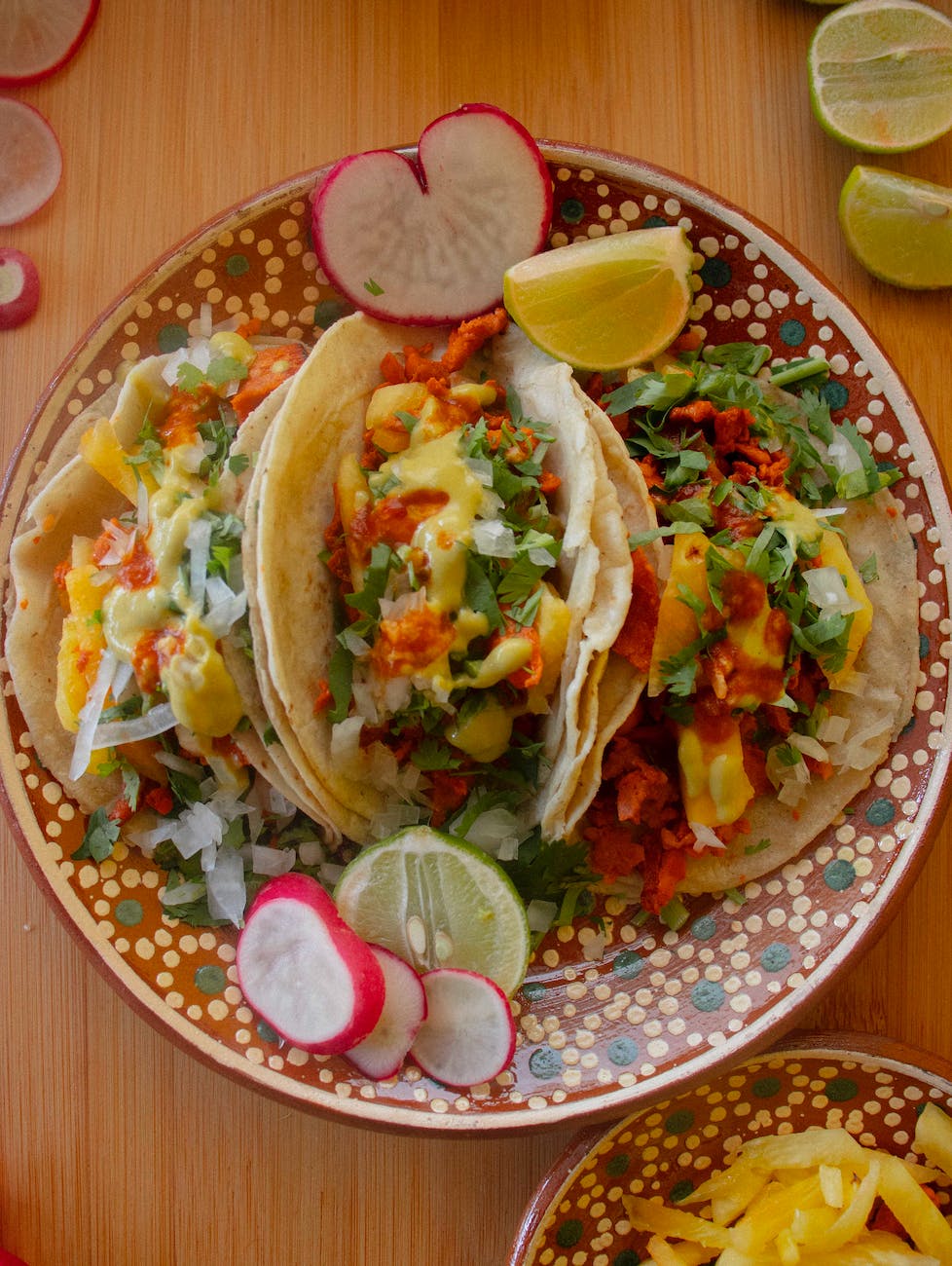
Hello, dear readers! 👋🥗🌽🥕
Are you considering adopting a vegetarian or vegan diet? Or are you simply curious about what these diets entail and how they can impact your health and weight? Whichever it is, you’re in the right place! 🌿 Today, we’re diving deep into the world of plant-based eating, discussing the numerous health benefits, potential risks, and their impact on weight management. Fasten your seatbelts, because we’re embarking on a delicious, colorful journey! 🍏🍓🥦
What Exactly are Vegetarian and Vegan Diets? 🍅🥦
Let’s begin with a basic understanding. Vegetarian diets are plant-based diets that exclude meat, poultry, and fish. However, there are several variations within this dietary pattern:
- Lacto-vegetarian diets include dairy products but exclude eggs and meat.
- Ovo-vegetarian diets include eggs but exclude dairy products and meat.
- Lacto-ovo-vegetarian diets include both eggs and dairy products but exclude meat.
Vegan diets represent the strictest form of vegetarianism. Vegans not only exclude meat, poultry, and fish, but also do not consume eggs, dairy products, or any other products of animal origin. This also typically extends to non-food products derived from animals, such as leather and wool. 🐄🐓🥚
The Spectrum of Health Benefits 🌽🥕
Plant-based diets, whether vegetarian or vegan, can offer a multitude of health benefits. Here’s a glimpse into what science says:
- Heart Health: Vegetarian and vegan diets tend to be low in saturated fat and cholesterol. This can help keep your heart healthy by reducing blood pressure, improving cholesterol levels, and decreasing the risk of heart disease.
- Cancer Prevention: Diets rich in fruits, vegetables, and whole grains — all staples in vegetarian and vegan diets — have been linked to a reduced risk of certain types of cancer. This is due to their high content of fiber, vitamins, and antioxidants.
- Blood Sugar Control: High-fiber plant-based foods can help regulate blood sugar levels, potentially benefiting people with diabetes and reducing the risk of developing the disease.
- Weight Management: Several research studies have shown that vegetarians and vegans tend to have lower body weights and body mass indices (BMIs) compared to non-vegetarians. This can be attributed to a lower intake of saturated fats and a higher intake of fiber-rich foods.
Making the Connection: Vegetarian/Vegan Diets and Weight Loss 🥗⚖️
Why exactly do vegetarian and vegan diets contribute to weight loss? Here’s the science behind it:
- Lower Caloric Intake: Generally, plant-based foods are lower in calories than animal-based foods. This allows for a higher volume of food consumption without overloading on calories.
- Higher Fiber Intake: The fiber in plant-based diets keeps you feeling satiated, reducing the overall calorie consumption. This feeling of fullness can help curb unnecessary snacking and overeating.
- Metabolism Boost: Certain plant-based foods have been found to increase metabolic rates and promote fat burning, further supporting weight loss.
A Word of Caution: Potential Risks and Considerations 🍽️⚠️
While vegetarian and vegan diets have numerous health benefits, they require thoughtful planning to avoid potential nutritional deficiencies. Here are key nutrients that may require attention:
- Vitamin B12: This vitamin is naturally found only in animal products. Therefore, vegetarians and especially vegans may need to consume B12-fortified foods or take supplements to meet their needs.
- Iron: The iron in plant foods (non-heme iron) isn’t as readily absorbed as the iron in animal foods (heme iron). Hence, vegetarians and vegans might need to consume more iron-rich foods and pair them with vitamin C-rich foods to enhance absorption.
- Protein: While plant-based diets can provide sufficient protein, they often require combining different plant sources to ensure all essential amino acids are included.
In Conclusion: To Each Their Own Plate 🍽️🥦
Vegetarian and vegan diets can provide substantial health benefits and aid in weight loss. However, it’s essential to ensure a balanced and varied intake to meet all nutritional needs. If you’re considering switching to a plant-based diet, consult a healthcare provider or dietitian to guide you through a healthy transition.
Here’s to exploring diverse, colorful, and nourishing ways of eating! 🍅🥦🍇🥕🥑

